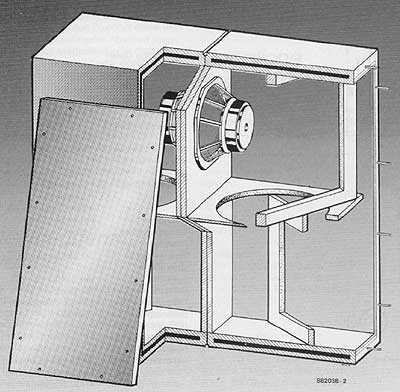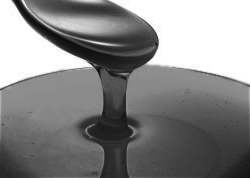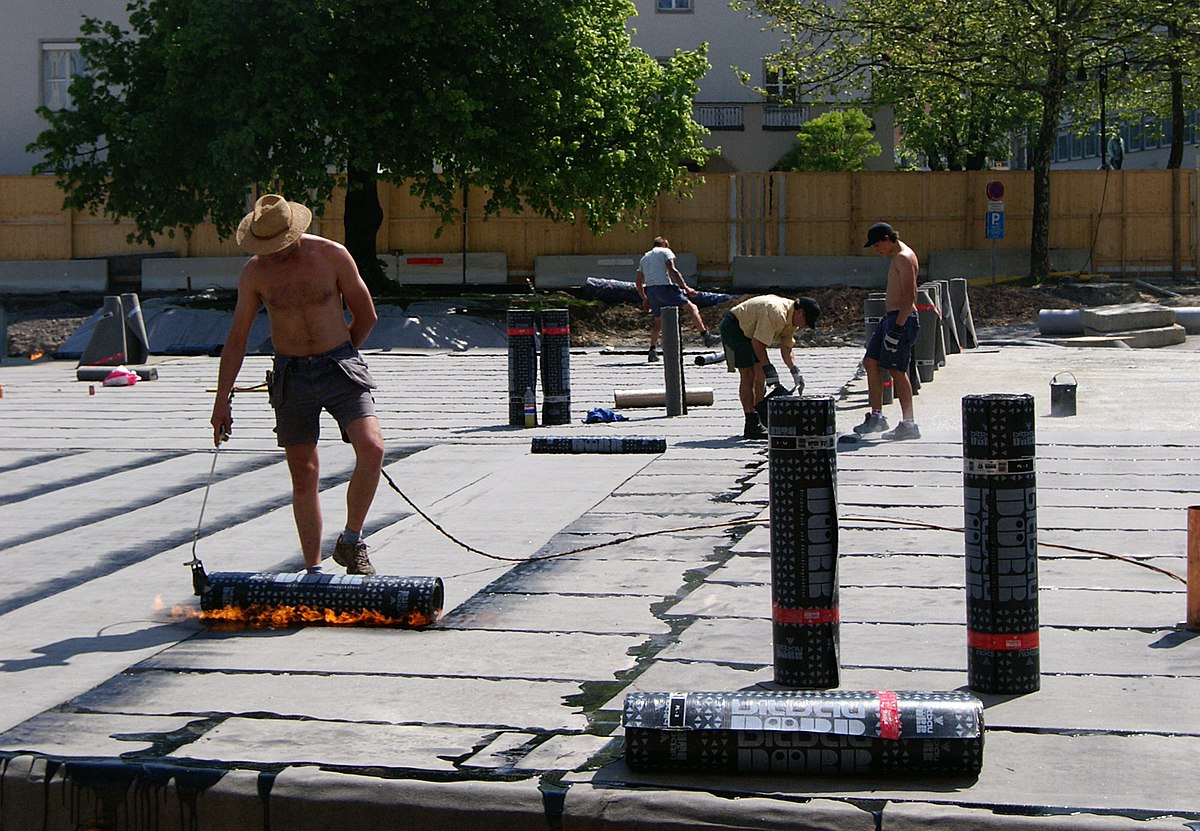Hi Guys,
I've been reading about different cabinet construction techniques, and I came up with something that might be of interest around here. I'm not the first person to come up with this, but I would like to bring up the idea of ceramic floor tile as a stiffening liner in cabinets.
I did some back of the envelope calculations (consulting my old mechanics of materials textbook), and I came up with the following:
If you attach a 3/4 inch piece of plywood or MDF with Young's modulus E=10 GPa to a 1/4 inch thick ceramic tile with E=60 GPa using an adhesive (whose influence we will ignore for now), the neutral axis for pure bending is approximately 0.292 inches from the outermost face of the ceramic tile. This leaves about 0.7 inches of wood on the other side of the neutral axis, telling us that the stiffness of this composite is equivalent to about 1.40 inches of solid wood material. If you keep in mind that the ceramic is stiffer than cement, and held at a distance from the neutral axis, it makes sense that this is an effective stiffener.
It may be an oversimplification to say that gluing a floor tile to a 3/4 inch sheet of wood gives the equivalent of nearly 1.5" of wood- but I think that's mostly because of the influence of the adhesive layer. The layer between the wood and tile will be mostly in shear, bringing about some viscoelastic damping if you use an adhesive that stays flexible.
Credit where credit is due, I have a few links to places I've been reading about this stuff:
Bob Brines uses a technique with a material called "hardi-backer". I read about this a long time ago, and I think it operates on this principle. One point, however- most resources I saw report E for ceramic to be in the 50-80 GPa range, and cement around 30 GPa.
This article on Audioholics talks about damping in panels and constrained layer damping. Reading it suggests to me that this method of cabinet stiffening could benefit from a glue that sets kind of rubbery for some viscoelastic damping. It also confirms my suspicion that the ACH-01 accelerometer is a good candidate for investigating cabinet vibrations.
Also, can't forget this thread: http://htguide.com/forum/showthread.php?t=16564&highlight=cabinet+vibratio n about cabinet vibration measurement. I hope to validate my final results of all this in a similar way.
Does anybody have any other interesting links, articles, or opinions? Did I make some bad assumptions? Let's hear it, I think it will be cool if we can substantially stiffen cabinets with floor tiles! 8)
PS- GrahamT, doesn't your Extreme MT cabinet use cement? How'd that turn out?
I've been reading about different cabinet construction techniques, and I came up with something that might be of interest around here. I'm not the first person to come up with this, but I would like to bring up the idea of ceramic floor tile as a stiffening liner in cabinets.
I did some back of the envelope calculations (consulting my old mechanics of materials textbook), and I came up with the following:
If you attach a 3/4 inch piece of plywood or MDF with Young's modulus E=10 GPa to a 1/4 inch thick ceramic tile with E=60 GPa using an adhesive (whose influence we will ignore for now), the neutral axis for pure bending is approximately 0.292 inches from the outermost face of the ceramic tile. This leaves about 0.7 inches of wood on the other side of the neutral axis, telling us that the stiffness of this composite is equivalent to about 1.40 inches of solid wood material. If you keep in mind that the ceramic is stiffer than cement, and held at a distance from the neutral axis, it makes sense that this is an effective stiffener.
It may be an oversimplification to say that gluing a floor tile to a 3/4 inch sheet of wood gives the equivalent of nearly 1.5" of wood- but I think that's mostly because of the influence of the adhesive layer. The layer between the wood and tile will be mostly in shear, bringing about some viscoelastic damping if you use an adhesive that stays flexible.
Credit where credit is due, I have a few links to places I've been reading about this stuff:
Bob Brines uses a technique with a material called "hardi-backer". I read about this a long time ago, and I think it operates on this principle. One point, however- most resources I saw report E for ceramic to be in the 50-80 GPa range, and cement around 30 GPa.
This article on Audioholics talks about damping in panels and constrained layer damping. Reading it suggests to me that this method of cabinet stiffening could benefit from a glue that sets kind of rubbery for some viscoelastic damping. It also confirms my suspicion that the ACH-01 accelerometer is a good candidate for investigating cabinet vibrations.
Also, can't forget this thread: http://htguide.com/forum/showthread.php?t=16564&highlight=cabinet+vibratio n about cabinet vibration measurement. I hope to validate my final results of all this in a similar way.
Does anybody have any other interesting links, articles, or opinions? Did I make some bad assumptions? Let's hear it, I think it will be cool if we can substantially stiffen cabinets with floor tiles! 8)
PS- GrahamT, doesn't your Extreme MT cabinet use cement? How'd that turn out?

 ), just to get another cheap trick with a good bang/buck ratio. Thanks for the comment.
), just to get another cheap trick with a good bang/buck ratio. Thanks for the comment.






 I built something new, with better clarity:
I built something new, with better clarity:
Comment